The Olympus 25 1.8 Lens is in hand, review in about a week!
Hey hey hey! Just a heads up that I have been shooting the now shipping Olympus 25 1.8 lens and it is a beauty on the Olympus E-M1. Many have been wondering how it stacks up against the Panasonic 25 1.4 and all I can go from is memory right now as I do not have a Panasonic here with me now. I feel the Panasonic may be a TEENY BIT sharper when wide open but do not think most would notice. The Panasonic may be a little more contrasty out of camera. Other than that the Olympus is smaller, focuses faster, is silent and looks sweet on the camera. and is VERY sharp as it is.
Oh, and it is also cheaper than the Panasonic at $399! Amazon has it in stock HERE in black. if you own the Panasonic already I see no need to switch but if you have not picked up a fast 50mm equiv for your Micro 4/3 yet, this is the best bet. It even comes with a lens hood for a change!
The signature of the 25 1.8 is identical to the 45 1.8 from Olympus and they share the same formula. I will be shooting it this weekend at the Valley of Fire workshop so will have my full review up next week sometime. I have a feeling it will be a highly recommended lens though as I already love it. There really is nothing to dislike with this one! Below are a few snaps I shot in the past couple of days. As you can see, it retains the look of the high quality Olympus primes. Oh, and it has a nice close focus distance!

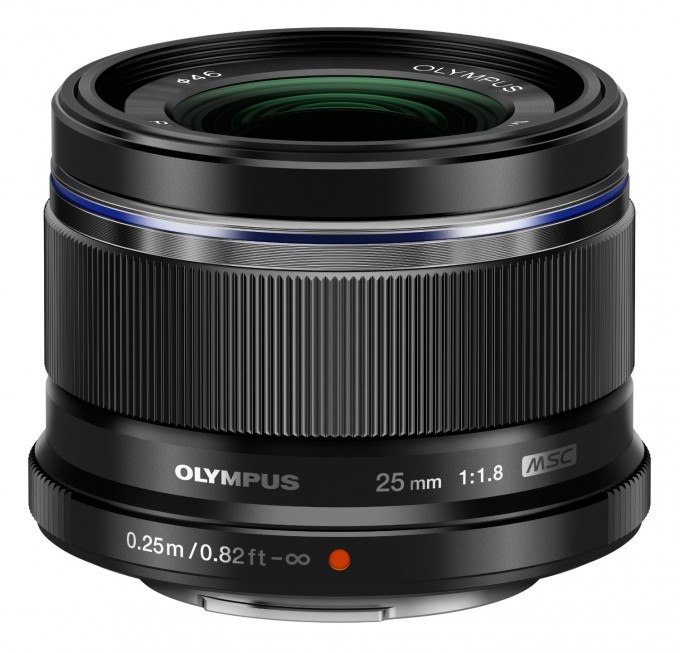
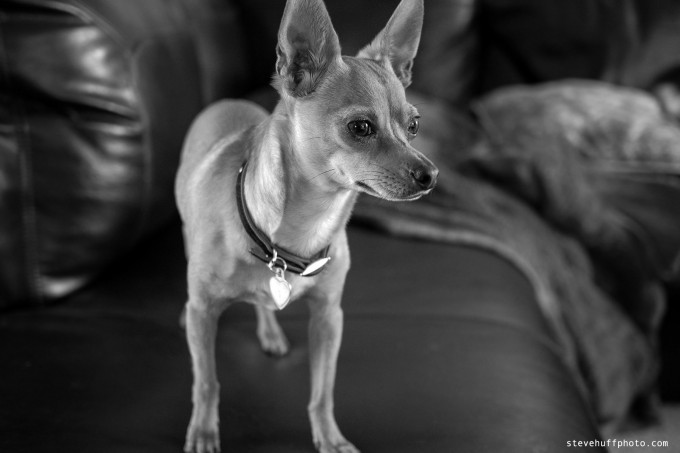
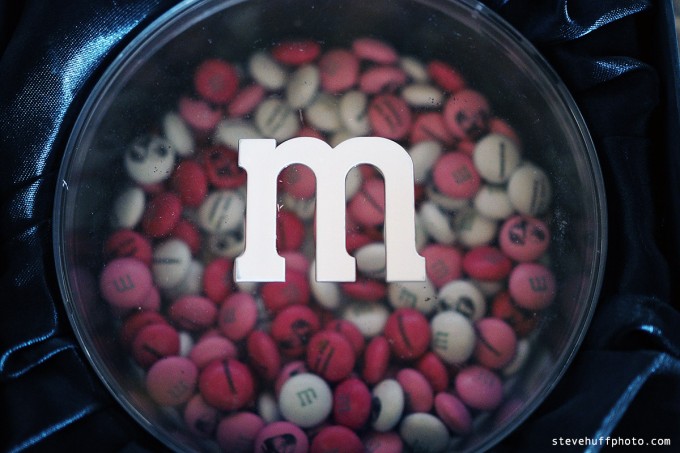

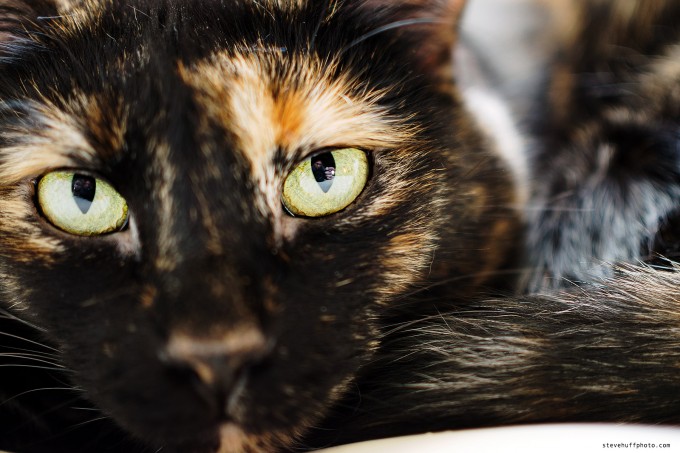
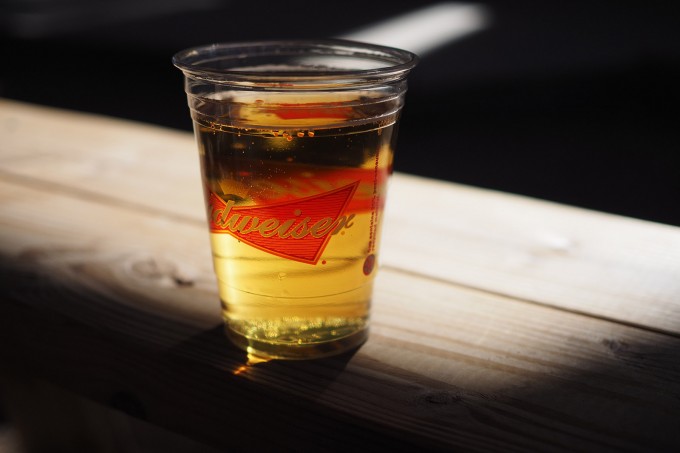



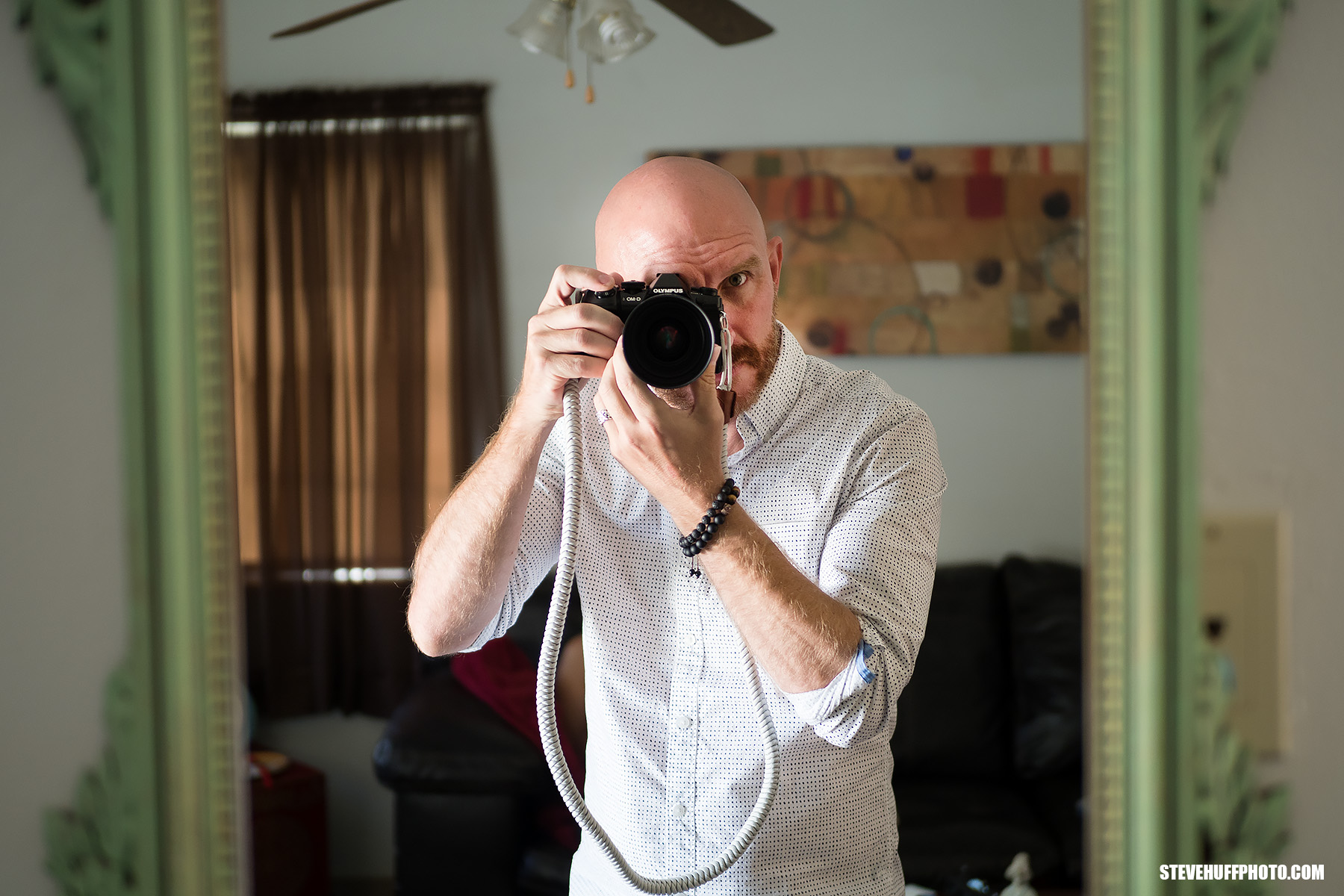
30 years ago that would have been the “kit” lens, at $25 surcharge to the “body only” option. Nobody would have bothered to rave about it.
But since then marketing people decided a slow zoom lens added value, and “educated” the customers accordingly. Initiallly it was even more difficult and expensive to make than the kit prime.
@peter zapp : did they have blazing fast AF and were they almost pin sharp wide open?… but you’re right. It’s way to expensive for what it is. Must cost 50 bucks max to build it then advertisement campains and profits come… this is the rules Of our world.
but you gotta consider that around here next to nobody was shooting 30 years ago and people are all in a hurry to “up grade” to the next iteration of equipment that won’t improve their image making even a little . . . they seem to think stretching a credit card is as useful as stretching themselves . . .
Word today is that Olympus filed a new patent for 12mm f/1.0 and 14mm f/1.0 Micro Four Thirds lenses.
Ultra-fast moderate wide angles. Those could be very interesting lenses, indeed, though they’ll be sizable…
Certainly demonstrates their serious commitment to the system.
I’ve had my copy of the 25mm f1.8 for over a week now, and I am loving it. I have seen more flare with this lens than others, but I really can’t even complain about that. It is a great lens.
I’m looking forward to your review Steve.
My family and I were in Las Vegas earlier this week. We spent Tuesday at Valley of Fire. Awesome place! We’ll camp there next time, so we can spend a few days and get the full benefit of sunrise and sunset.
It would be nice if the 12/2 wasn’t so expensive. I know it’s a great lens, but it seems a bit out of line with their other primes.
A 12/2 at around the same price as the new 25/1.8 & the 45/18 would make an amazing trio. Small, light. fast & sharp.
Steve, was curious, are all of these shot at 1.8? Cool shot of the cat and being able to see your reflection in his/her iris. Sharp!
I ordered this with my EM-1 and love it. Amazingly quick AF. Color / contrast is great and it comes with a lens hood. Wide open is a little soft on edges if you go looking for it. Looking forward to Steve’s assessment.
That cat!
Looking forward to the full review!
I used to own the Pany 25mm f1.4.. great lens and one of my favorites on my OM-D E-M5 (and for a time also on my E-M1). Great IQ and overall performer.. and it was a hard choice, but, I decided to sell it to help fund for the 75mm f1.8. Long story short, I had changed from my E-M5 and other lenses (besides the Pany 25) to help upgrade to the E-M1 and 12-40mm f2.8 Pro lens.
Since the 12-40 had such a broad useful range that covered most of my primes, and with a relatively fast 2.8 constant aperture and great IQ for a wide-standard zoom lens, I wanted to get another lens which was outside the zoom coverage.. always wanted to get the 75mm and did so by selling my last prime, the Pany 25.
I love the 75mm f1.8 and though it’s quite a bit tighter and requires some distance to use. That being said, you get use to it and learn to find applications for it that maybe you may not have considered had you just assumed that an 150mm (35mm equiv) would be too long to use. It’s a great lens and no regrets purchasing it.
But, back to the 25mm…
Although the 12-40 is a great general purpose lens, I do feel that there are times where a faster prime would serve me better in even lower light conditions, added sharpness and bokeh, and sizing down the overall package with my E-M1. I like a 50mm equivalent focal length and considering another fast 25mm prime.
I could go back to the Pany 25, but a minor gripe I had was the focusing ring.. buttery smooth, but I never cared for the rubberized grip… sure, functionally it makes gripping and fine tuning focus actually easier, but I found it caught and had dust/lint/misc. particles stuck to the rubber grip surface. Sorry.. it often looks dirty, I feel strongly to clean it off, and so it does bug me I can’t keep the lens clean.. serves as a dust/particle magnet for other things near my camera and gear. Also, not sure if I want or need to spend $600/(+or-)0 on another Pany 25 if this new Oly 25 f1.8 does as well, if not better, job.
Judging from initial impressions and early user reviews, the Oly 25mm f1.8 will correct for CA a lot better than the Pany 25.. also, overall sharpness across the frame is more consistent than the Pany 25. Bokeh is slightly better on the Pany 25… from what I’ve seen (on Robin Wong’s Blog) the difference in Bokeh is just noticeable, but if you didn’t compare images between the 2 lenses side by side, you’d probably never notice the difference.. probably not enough to justify the extra $200-300 or so you’d spend on the Pany for most people.. Also, surprisingly, though Oly is not as fast with max 1.8 aperture, I think Robin reported it seems to actually let more light in than the Pany 25 so the shutter speed can be a stop or so faster… it’s not a end all arguments test and review, but from his experience that seems to be the case.
Otherwise, I’d opt to go MF and go with a nice solid built Voigtlander Nokton 25mm f0.95.. sure, it’s the most expensive, no AF, probably has even more CA and less sharpness throughout wide open, but you go for a lens like this not for optical purity, but for a unique look along with respectably great low light and shallow depth of field performance.
The debate in my head is still ongoing which fast prime I will ultimately get.. another company, Kowa, is also putting out some interesting new MFT lenses.. one of the three announced is also a 25mm f1.8.. looks all mechanical and MF, similar style and build to the Voigtlanders.. I wonder how these perform and the price?
Nice lens. I’m more into Fuji X system, but these tiny, fast M43 lenses look amazing in both size and performance for the price.
P.S. Looking forward to Steve reviewing Fuji X-T1 and 56 f1.2. =)
yes, agreed. i am using the em-5 with the panasonic 25, 1.4 very sharp; the 17, 1.8 very nice and the 45, 1.8. still interested in a larger sensor so will follow this discussion.
The DOF and compression are two different things. Compression is only related to perspective. And perspective depends on two parameters – field of view and distance from a camera plane to photographed subject. If this would not work you will get distorted photos from a P&S camera since the focal lengths are only few millimeters long.
BTW that 85mm lens will give you more compressed effect on an APS-C camera, because the FOV will be tighter you need more distance from the subject to match the framing of an 135 format shot. Of course the 135 format photo will have shallower DOF (subject will be closer to the camera) at the same aperture so it may appear more compressed to confuse you.
It would be interesting to know whether the lens has a great amount of native distortion that gets corrected by camera firmware or raw converters. (This is the case for all 20 and 25mm Panasonic lenses on the market.)
With software like Raw Therapee, it’s easy to find out what the real optical distortion of a lens is. If it’s too time-consuming to run this test yourself, you could also provide a raw image shot with the lens for download.
It’ll be interesting to see how it stacks up against the Olympus Pro lens 12-40 F2.8 when that lens is set at 25mm.
I’m sure it should easily match the 12-40, which itself is a very good lens, even though its wide open. Kind of a silly comparison though because I can’t imagine too many people would want to buy the 25mm just to shoot it stopped down that often. I know with my Panny 25mm I shot it wide open about 95% of the time, because I wanted as much subject isolation as possible (and lets be honest, with m4/3 and it being a 25mm lens there is still pretty deep DoF)
If it was a 25mm f2.8 prime, I don’t think many people would buy it. Not to say one can only shoot wide open of course, but I think the point of buying a couple of primes, instead of a nice f2.8 zoom, which would end up costing about as much, is for that added speed.
If you want zoom versatility, get the zoom. If you want speed and a smaller form factor, get the prime.
Neither is better or worse than the other, just different, however, I don’t think many people would view it as an either/or type of comparison, they are just different tools for different shooting needs.
Both do things that other can’t do, and those differences are going to be far, far more meaningful than whatever difference in IQ there might be with both set at f2.8
Got this lens due to arrive today. On my little GM1 the 45/1.8 is a decent size so hopefully this one isn’t too much bigger. I know its not in spec, but sometimes small differences can feel bigger, know what I mean…
Pretty happy with the 20mm/1.7 on a pocket/walk around type of camera, but AF while certainly not bad, is clearly slower than either the 45mm, or the 12-32mm (that is a heck of a nice little lens) so figured worth trying the Olympus 25.
I’ve owned the Panny version when I had my EM1 and its pretty fantastic and handled fine on the bigger DSLR style body. Found it just felt a bit too big on smaller m4/3 bodies though, and would be quite silly looking on the tiny GM1.
As excited as I am about the 25 though, I’m actually looking far more forward to the Fisheye body cap. I’ve always had fun with fisheyes but generally found I use them so seldom its not worth paying hundreds of dollars for one. $99 though is a nice price point for something that, while not often used, certainly will provide some unique looks, plus its so small that you can always carry it along. Very clever concept, assuming the optics are a bit better than the 15mm bodycap was.
Why do people all over the world keep saying things like 50mm equivalent. This lens is 25mm, and the way it renders your content is that of a 25mm. The “compression” of depth, is that of a 25mm lens…EVERYTHING inside the frame of this image is rendered like a 25mm.
I believe this feature of lenses, is FAR more important than the “crop” of the image. That’s why portrait photographers use 80mm or whatever. It pleasantly “distorts” a human face. If you put a 40mm on an M4/3…your image will NOT distort the face pleasantly like an 80mm…it will distort it like a 40mm.
I think it’s misleading, because it isn’t technically a correct way of thinking about the different formats and how lenses react to them.
On a m4/3…you see less of the world, how your m4/3 sees the world it CAN see though it’s tiny little sensor, is that of whatever lens you put on it. 80mm, is 80mm….100 is 100, 30 is 30.
There is NO such thing as equivalent for a 50mm on a full frame, for an ASP-C or a M4/3. Because NO lens, put on a ASP-C or M4/3 will EVER render your image with BOTH the depth compression AND field of view of a 50mm on a full frame.
That is said for one reason..the fact that when used on a Micro 4/3 body, the only body one can use this lens on, this lens will give you a 50mm FOV, a 50mm Magnification if you will, a 50mm equivilant focal length. When one thinks of a 25mm lens they think “Wide Angle” yet this lens is in no way a wide angle when being used, it is a 50mm equivalent. Of course it is really a 25mm lens but you do not get the 25mm field of view – you get 25mm Depth of Field but 50mm FOV. This is widely known and nothing new. But saying you get a 25mm FOV is 100% incorrect, as that is not the case. So hence, 50mm equivalent. There is a reason why EVERYONE says this, because it is fact.
http://youtu.be/NB4bikrNzMk
I guess I just think using a field of view as the defining characteristic of a lens, without stating the obvious…might confuse people. At least for me, I like the way the world looks through a 50mm. Putting a 25mm on a m4/3 will not duplicate that look.
You can’t take a TINY sensor, and get a magic 200mm look using a wide angle lens. It’s still going to render like a wide angle, but just a very small portion of the world will show up on your “film”.
Maybe it is semantics. 🙂
No, you are wrong! You would be right if the photographer with a crop camera would take the same position as the one with a FF-camera. But when you use the crop camera and also go a bit further away from your subject, you get exactly the same FOV (+perspective) – that’s all you have to do, to compensate for the crop. Only thing different is the DOF which is not as tight as with a 35mm sensor.
Seems I also made a mistake in explaining it properly.
If you use a 25mm on 4/3 it really acts like a 50mm on full-frame FOV-wise, only the DOF is not as narrow. Perspective should not be different because the sensor and flange distance are also smaller than at full-frame. All in all it will give you to (99,9%) the same view.
The other case is when using the same focal length lens once on full-frame and once on a cropped-sensor body. Then you are right, you first won’t get the same FOV (but same perspective!), because you have to accomodate the crop with changing the camera-to-subject distance, which gives that slightly other perspective look (while keeping the same framing).
Where did Eric say “But saying you get a 25mm FOV “? Can’t find it… He said some very sensible things (such as it’s not a 50 equivalent in every way; he explained that quite well); no need to burn him.
Actually eric, not to get into a semantic argument here, but perspective distortion is strictly determined by your distance from the subject. That’s the only factor, the lens doesn’t actually factor into it at all.
If I had a super-high resolution camera with a 100mm lens and took a picture of an object 20m away, and then took the same image, standing in the same place, with a 16mm lens and cropped out the tiny portion of the middle that had the same frame, the image would look identical. So the use of equivalence is not actually misleading at all, since the crop factor of a sensor works just so, like a crop.
Take a look at this Wikipedia article on the physics:
http://en.wikipedia.org/wiki/Perspective_distortion_(photography)
You can see in the examples that the image crops look the same when taken from the same position, but look very different when you try to keep the same total frame (uncropped) by using different focal lengths from different distances.
Yep, thanks for this.
Of course the field of view is equivalent to 50mm, so Steve has got this right. One look through the lens confirms this.
Correct, if I am the camera user, I will notice that I see the same amount of the world in my viewfinder using this lens on a m4/3 as I do using a 50mm on a full frame camera.
But as a viewer of the images taken with the 25mm on a m4/3 camera it’s obvious to me that they were taken with a wide angle lens.
The image viewer, has no idea what sensor was used. The last image is obviously not taken with a 50mm lens.
Just something that confused the hell out of me in the beginning. My 50mm lens on my ASP-C camera sure didn’t produce images that looked like they were taken with a 75mm lens. My friends faces were distorted, as if taken with a 50mm lens…because they were.
I’m sorry Eric, but you are wrong.
A focal length by itself is meaningless. The perspective (and FOV) is determined by the focal length in combination with the size of the image plane.
The compression is determined by the distance to the subject only. This is quite simple to see: if you crop an image the compression does not change.
If you use a 25mm on MFT, or a 50mm on full frame, you will be using the same distance to the subject to get the same image. And thus, the compression will be the same.
exciting! would be lovely to see a fun comparison against the sonnar 50 f1.5
This lens gives a 50mm FoV due to the 2x crop factor, but its just a 25mm lens so it really wouldn’t be much of a comparison with a true 50mm lens.
Yes, it gives a 50mm equivalent focal length/magnification but still is a 25mm lens with 25mm characteristics. Example, it will give you the DOF of a 25mm 1.8 and not a 50mm 1.8.
Or another way of putting it (that sometimes customers at the shop I worked at understood better) is that you can think of it acting like a 50mm f4 lens in terms of DoF. Although these days with fewer and fewer people having grown up shooting 35mm SLR’s, the use of the “Full Frame” equiv. is perhaps not the ideal metric benchmark it used to be. Had the market known how many different sensor sizes we’d have these days such as 2.7x, 2x, 1.5x and 1.6x and then 1x (known as FF) perhaps we’d have just adopted FoV as the standard metric.
I have found it to be a problematic in long run to explain people it with equilevant like 50mm f/4 as the dont understand why it really is so.
It is better to say like mentioned, it is 25mm f/1.8 what you need to frame like it would have a 39.6 (~40)° field of view horizontally.
Or if required to explain in other way: FF cameras has a wider view and you need to crop the center to get the same size subject, losing in resolution doing so.
I could agree with the typical manner saying that you need to multiply everything by two, if there wouldn’t be anything in lens optics what is required to understand and m4/3 camera couldn’t ever have as wide angle as does FF camera.
Otherwise just everyone should go and require manufacturers to label their optics with FF equilevant specs instead physics specs what the lens actually is. Wouldn’t that be easier when you could read “50mm f/1.8 (f/3.6)”?
yes i understand that. that’s why i meant a FUN comparison. we have seen similar comparisons between fuji X and M240.
I love how the 45mm renders, but it’s not really my focal length, hence I sold it. The 20mm Panasonic is still my standard lens, but the focus is slow and it’s not silent. If I were buying a new setup, I would probably buy the Olympus over the Panasonic, despite it being larger. But as is, I’m pretty happy with the Panasonic — the sharpness of this lens is rather wonderful and the field of view is the same as my old Canonet 28.
Great photos. The 25mm is on my wishlist to buy. Looking forward to your full review.
Soooooo want. The 45mm is my go to lens for my EM-5 but I’ve been wanting something wider.